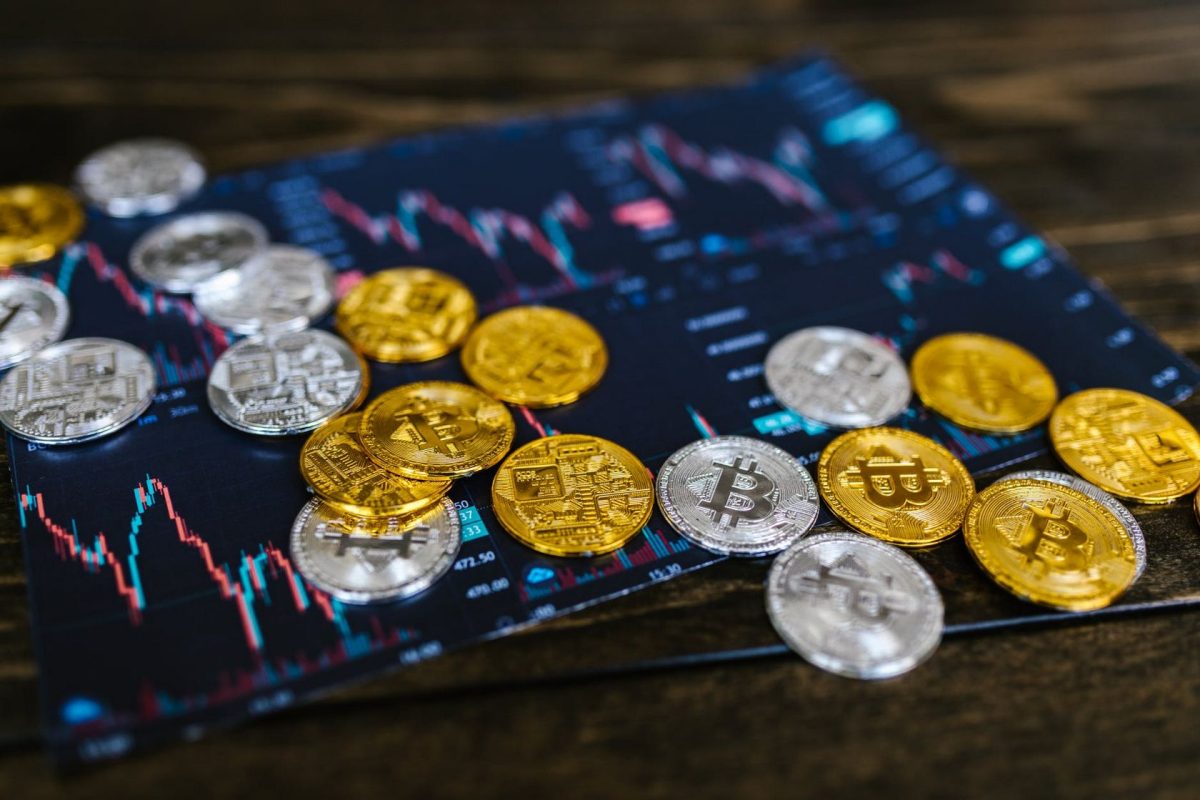1
4 Usual Methods that Crypto Market Makers Use
Crypto market makers play a crucial role in maintaining liquidity, efficiency, and stability in electronic asset markets. These specialist business use different company versions and innovative techniques to catch chances from trading volume, market volatility, and the bid-ask spreads while meticulously taking care of associated threats. In the long run, an extra active market visibility is one of the core distinctions between a crypto market manufacturer and a liquidity company.
There are four commonly used crypto market-making approaches:
- Bid-Ask Spread;
- Dynamic Spread Modification;
- Arbitrage Trading;
- Order Publication Scalping.
Each of these approaches includes distinct auto mechanics, sensible contexts, and crucial considerations that we break down thoroughly listed below.
1. Bid-Ask Spread
A technique referred to as Bid-Ask Spread Pricing quote includes two-way estimating, i.e., posting both deal orders at a repaired girth the market’s mid-price. It consistently captures profits from the bid-ask spread in secure or low-volatility markets, making it fit for market makers seeking predictable, low-volatility returns. This crypto market making method substantially contributes to market deepness and order publication security by ensuring that liquidity is offered at any time to all the individuals.
Nonetheless, Bid-Ask Spread Quoting ends up being troublesome during enhanced volatility, where crypto rates can quickly pass set order limits, creating unfavorable executions and enhanced supply threats. Thus, effective danger management devices and real-time market monitoring are crucial for a crypto market maker to promptly readjust or stop estimating during unpredictable market problems.More Here market making crypto strategy At our site
2. Dynamic Spread Change
Dynamic Spread is a measurable strategy typically utilized by crypto market manufacturers. Unlike static pricing estimate, it dynamically readjusts buy and sell rates around a standard, frequently a moving standard (or other technological indicators), based upon real-time volatility, trading quantity, or order circulation signals. The core concept is to broaden spreads during stormy market problems to stop unfavorable price moves and tighten them in secure periods to capture even more trading circulation and keep competition.
Past simply adjusting spreads, an efficient Dynamic Spread Adjustment method likewise calls for crypto market manufacturers such as DWF Labs to maintain strenuous supply monitoring, limiting placement dimensions to regulate threat and avoiding accumulation of undesirable exposure when markets trend highly in one instructions. Advanced implementations may consider several parameters.
While this crypto market making technique can boost earnings by making use of micro-movements and reacting to evolving problems, it is not without risks. Exact and low-latency dimension of market volatility is necessary: any kind of lag or miscalculation can lead to damaging option and loss. Inventory danger also raises if the technique can not adapt swiftly enough throughout continual trends. In very fragmented or ‘very finely’ traded crypto markets, order execution slippage and market impact can even more wear down productivity.
3. Arbitrage Trading
Arbitrage is a trading method prominent for its loved one simpleness, also commonly utilized by crypto market makers. It entails simultaneously dealing a possession across various markets or exchanges to exploit short-term cost discrepancies. The method significantly contributes to market efficiency by lining up prices rapidly across fragmented trading venues, promoting an uniform cost exploration procedure.
Arbitrage trading is specifically relevant in crypto markets, where liquidity disparities or latency distinctions frequently develop temporary arbitrage possibilities. The increasing popularity of decentralised trading and liquidity provisioning in DeFi methods and systems adds to fragmentation of the crypto market, albeit temporarily.
Nonetheless, crypto market manufacturers need to manage numerous threats, consisting of implementation rate, deal costs, and counterparty threats when performing arbitrage trading strategy. Opportunities disappear swiftly, making durable innovation and real-time implementation abilities important, along with thorough monitoring of market problems and trading processes.
4. Order Publication Scalping
Order Book Scalping is a high-frequency crypto market making approach that implies constantly placing and adjusting many small-limit orders very close to the market’s mid-price, intending to record profit from minimal and frequent rate fluctuations.
A crypto market manufacturer uses this strategy to make use of the microstructure ‘sound’ of actively traded symbols by repeatedly making little spreads that build up right into substantial returns over time.
Nonetheless, while scalping, crypto market manufacturers should have the ability to dynamically react to swiftly changing order publication conditions: not just tracking cost however additionally order book deepness, liquidity discrepancies, and sudden rises in trading quantity. Supply management becomes essential given that constant scalping can unintentionally develop directional direct exposure if the market unexpectedly fads, subjecting the trader to possibly outsized losses.
The earnings of order publication scalping is increasingly objected to: exchange costs, rebates, and maker-taker pricing models can heavily impact web returns, meaning that lots of ‘winning’ trades might not be profitable after costs are factored in.
While the order book scalping strategy can supply consistent micro-profits in extremely liquid digital possession markets, it is operationally requiring, very competitive, and carries dangers that are very easy to take too lightly. Just a crypto market maker with groundbreaking technology, deep market microstructure understanding, and flexible danger monitoring such as DWF Labs can endure success over time.
Stock Risk Management Is a Must
Whether a specialist crypto market maker uses among the standard methods described above or a personalized one, it always takes dangers included. One specific risk for crypto market manufacturers is inventory imbalance. Therefore, they strive to skew bid and ask quotes to drive professions that rebalance supply to neutral levels.
For example, market makers slim proposal quotes when holding a net brief stock (i.e., marketed more than acquired) to draw in buys and decrease discrepancy. This approach enables consistent crypto liquidity provisioning without stepping completely far from the marketplace, handling the annual report.
Nevertheless, over-skewing can accidentally signal inventory settings to competitors, decreasing fill probability. Calibration and continual surveillance are required for crypto market manufacturers to preserve competitive estimating while alleviating stock risk, particularly in an unstable market that is digital properties.
Read more about hedging approaches crypto market manufacturers make use of to address typical threats.
Closing Ideas
Learning more about the trading approaches exposes that crypto market making solutions isn’t regarding effortlessly creating profits through opaque or simple and easy monetary maneuvers, despite the typical ideas. Rather, it involves significant effort, precise method building, and substantial technological investment by specialized teams of specialists.
Market manufacturers are crucial in making sure a vibrant, fluid cryptocurrency market, benefiting from healthy and balanced, organic trading activities as opposed to participating in market adjustment. Their primary goal remains promoting a fair and balanced trading environment, where both individual traders and institutional capitalists can with confidence participate.


